George Cruikshank (1792-1878)

Born into a family of well-known artists and illustrators, George Cruikshank was an established caricaturist when in 1835 publisher John Macrone suggested he provide illustrations for a collection of short works, or sketches, on London life by the young, little-known writer Charles Dickens. A collaboration with such a notable illustrator insured that the sales of the two-volume Sketches by Boz would be successful. Cruikshank later provided illustrations for several short works by Dickens, and his second novel: Oliver Twist, or a Parish Boy's Progress.
Although Dickens was the editor of Bentley's Miscellany, the monthly journal where Oliver Twist first appeared, it was publisher Richard Bentley who chose Cruikshank as illustrator for Dickens's second novel. Cruikshank and Dickens were both particularly adept at portraying London life of the lower classes. The common practice was for the writer and artist to confer on subjects for plates, and if time permitted the artist would submit sketches for approval. The artist was to receive text early each month, although Dickens was frustratingly slow to provide it, as he was working on several other projects. As work on Oliver Twist progressed, Dickens became increasingly directive on the subjects he wanted illustrated, irritating Cruikshank.
Despite his growing frustration with Dickens, the two men became friends and Cruikshank took part in some of the amateur benefit theatricals Dickens wrote and organized. When the publisher John Macrone died in 1837, leaving his family destitute, Dickens proposed to publish a collection of tales by writers who worked for Macrone, with the proceeds going to his widow and children. Cruikshank volunteered to provide illustrations for The Pic Nic Papers, which raised £300 for the needy family.
By the late 1840s, Cruikshank became a passionate and moralistic teetotaler. His relationship with Dickens deteriorated as their views on the reasons behind the evils of alcoholism differed - Dickens felt that alcoholism was the result of misery and not the other way around. These sentiments were expressed publicly in various journals and created a deeper rift in their relationship.
After Dickens's death, Cruikshank published a letter in the Times claiming substantial responsibility for much of the plot and characters of Oliver Twist.
Illustrations and Correspondence
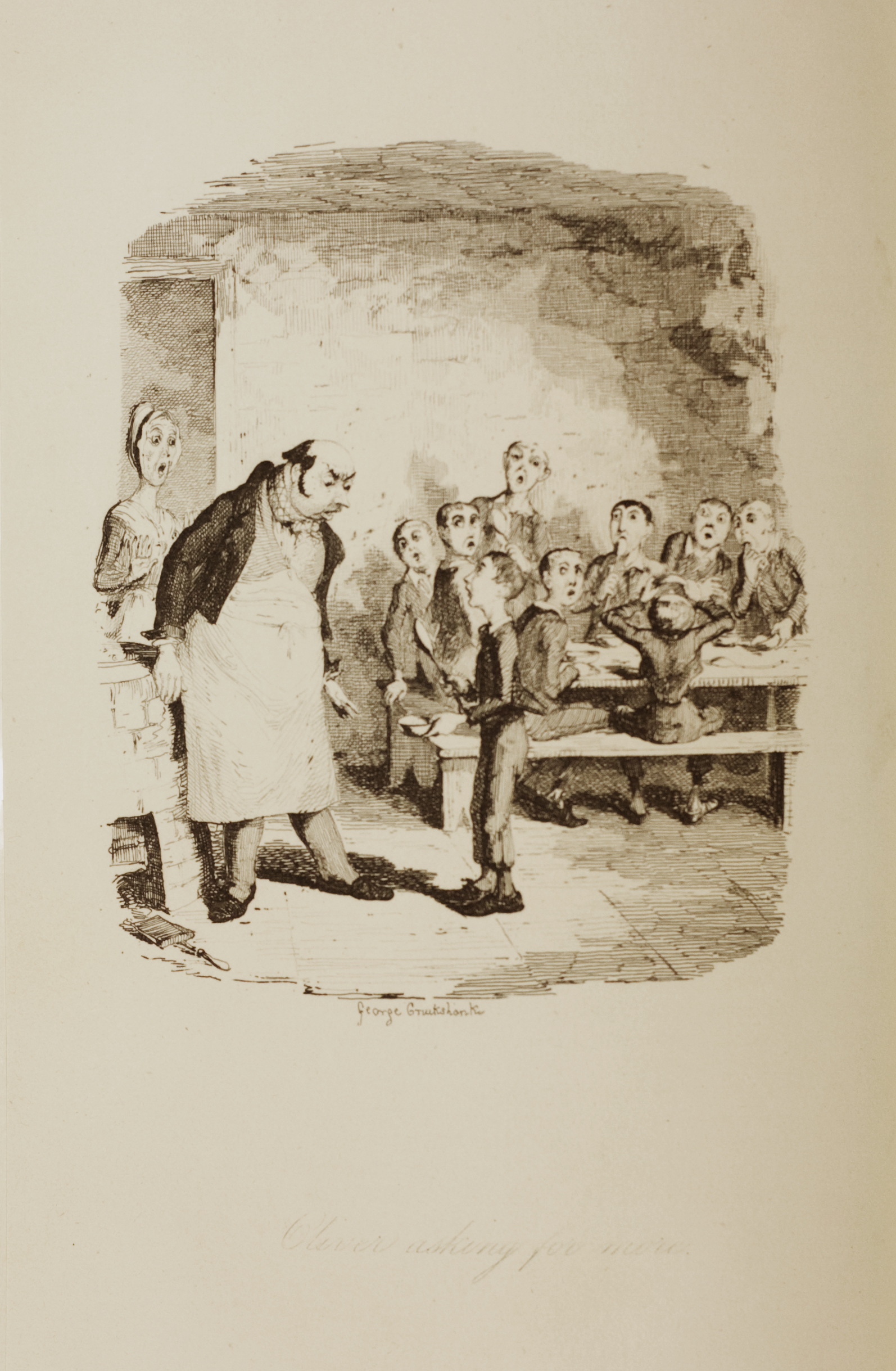
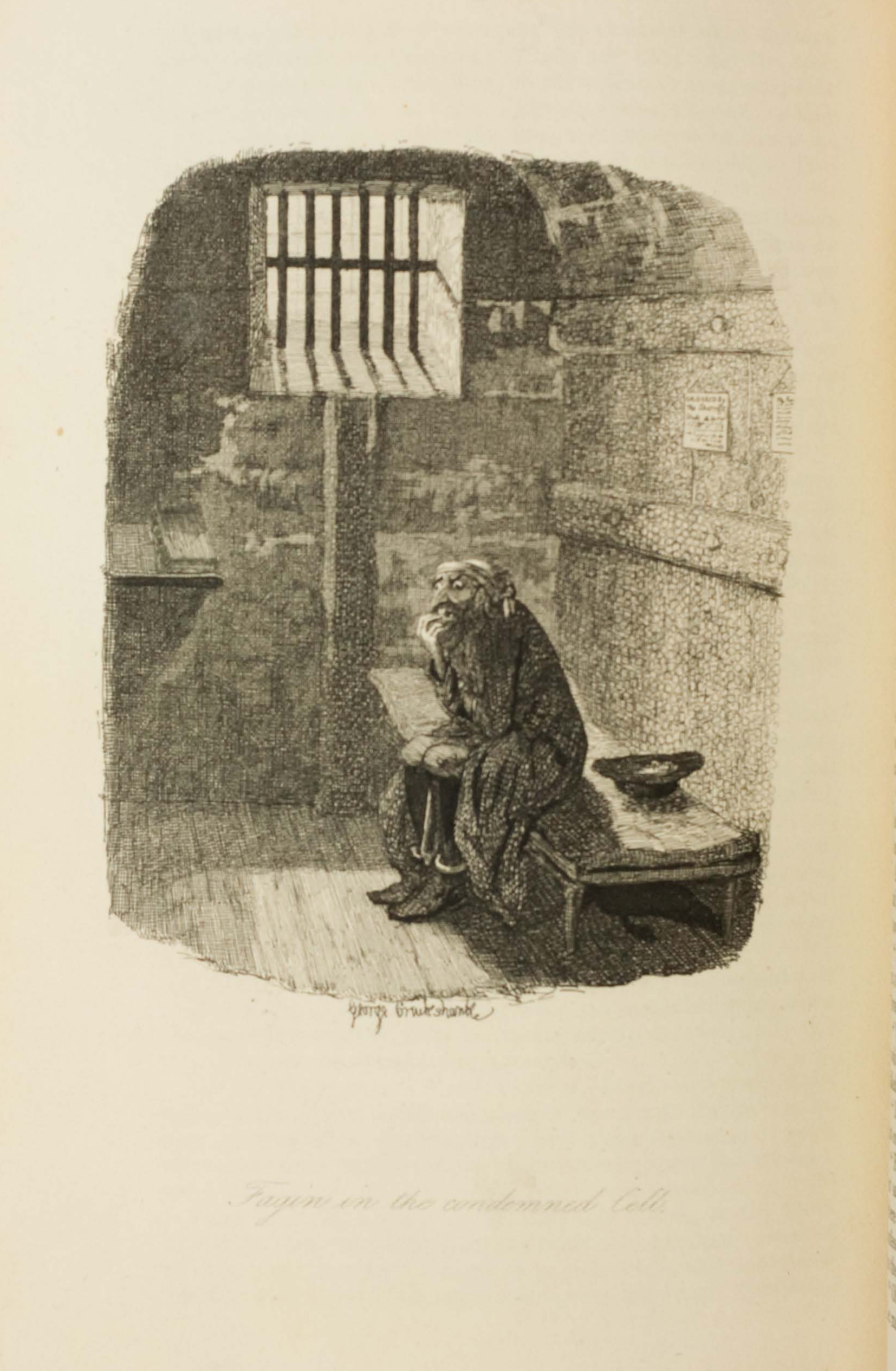

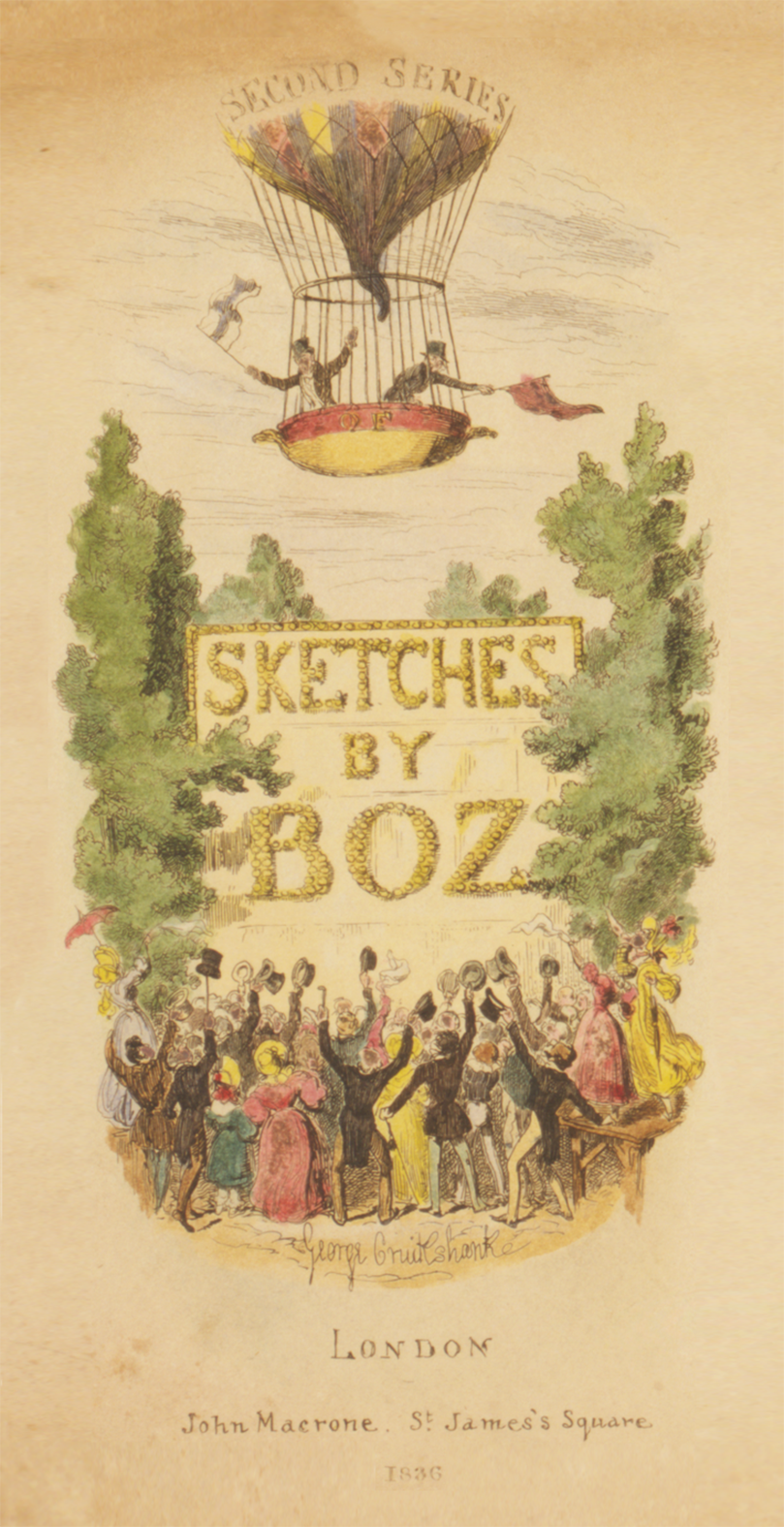

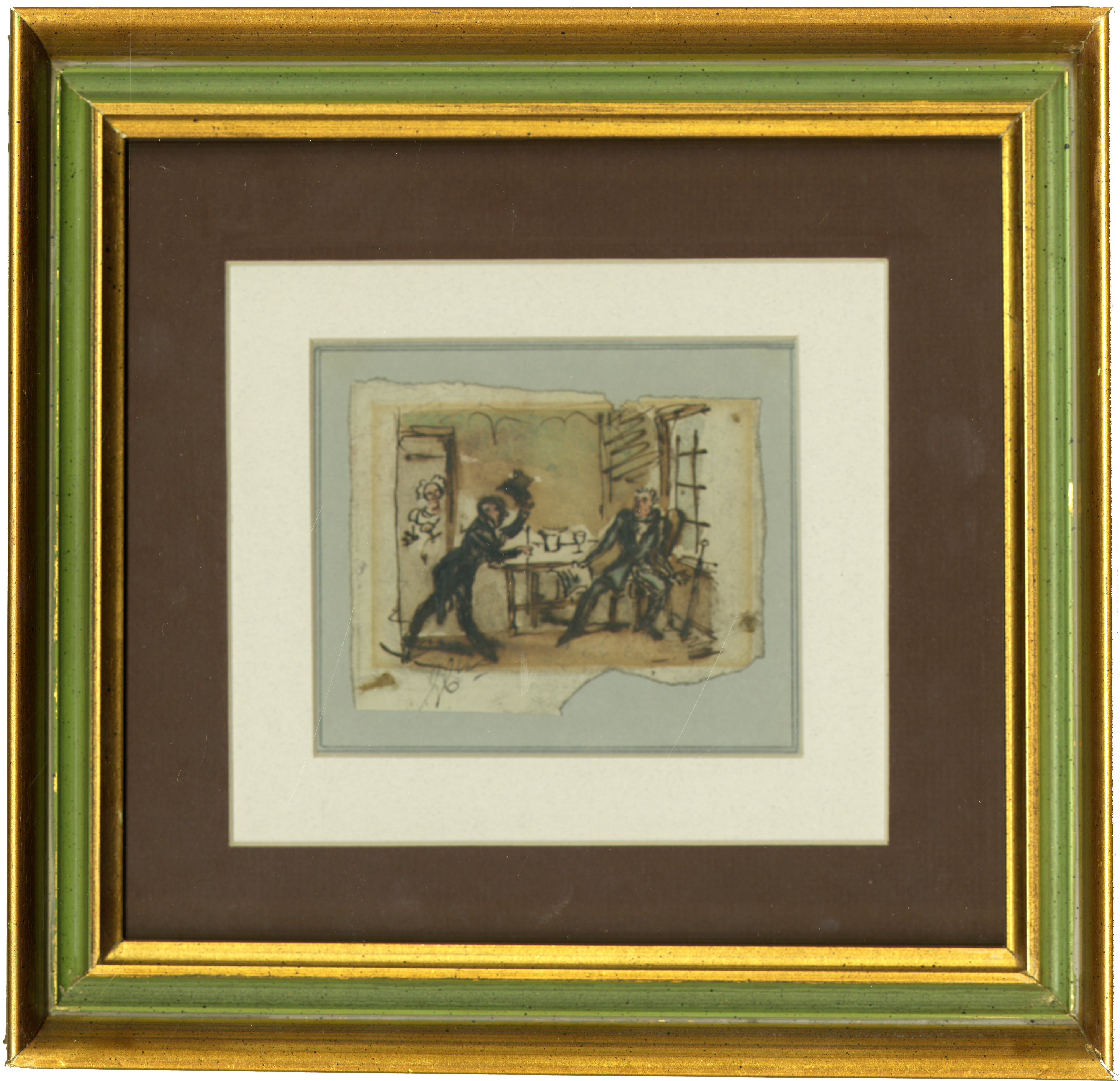
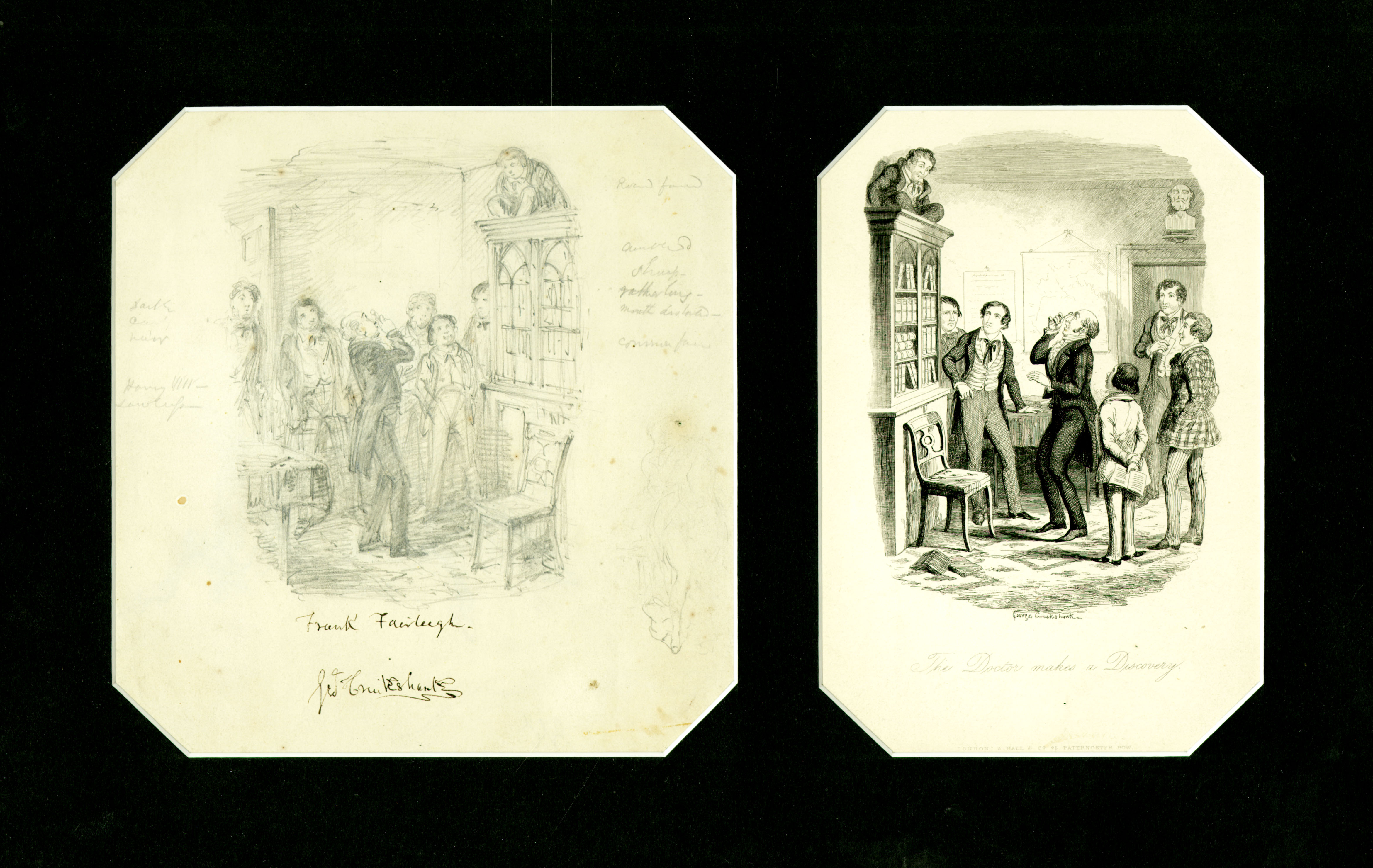
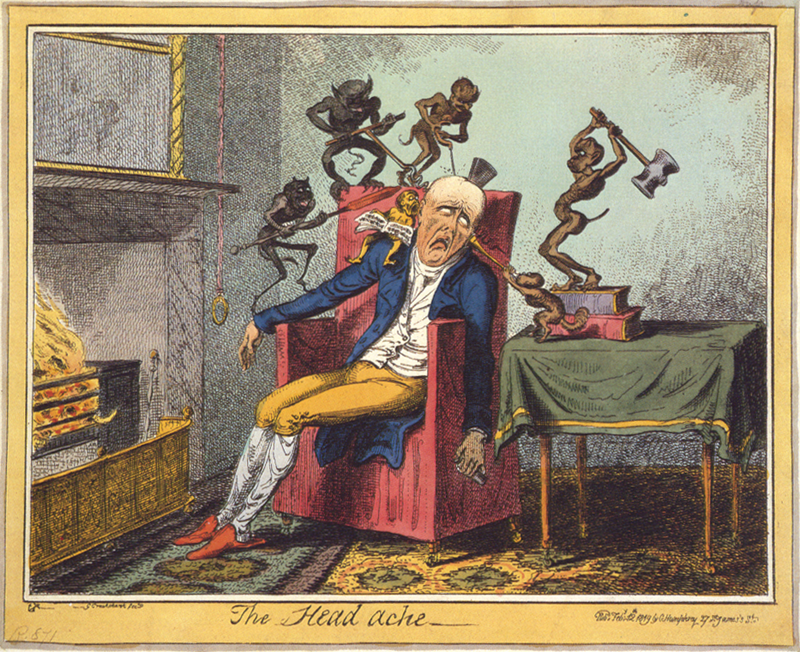
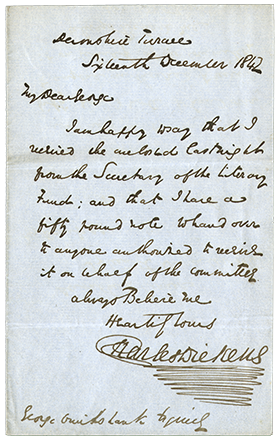
Transcription of letter from Charles Dickens to George Cruikshank:
Sixteenth December 1842
My dear George,
I am happy to say that I received the enclosed last night from the Secretary of the Literary Fund; and that I have a fifty pound note to hand over to anyone authorized to receive it on behalf of the committee.
Always Believe me,
Heartily Yours,
Charles Dickens
George Cruikshank Esquire
Robert D. Fellman collection on Charles Dickens
Oliver Twist, 1st edition (1837-1838) - Monthly issues from Bentley's Miscellany
Read more monthly issues from the first edition of Oliver Twist in the Digital WPI repository at https://digital.wpi.edu/show/zw12z710n
Back

